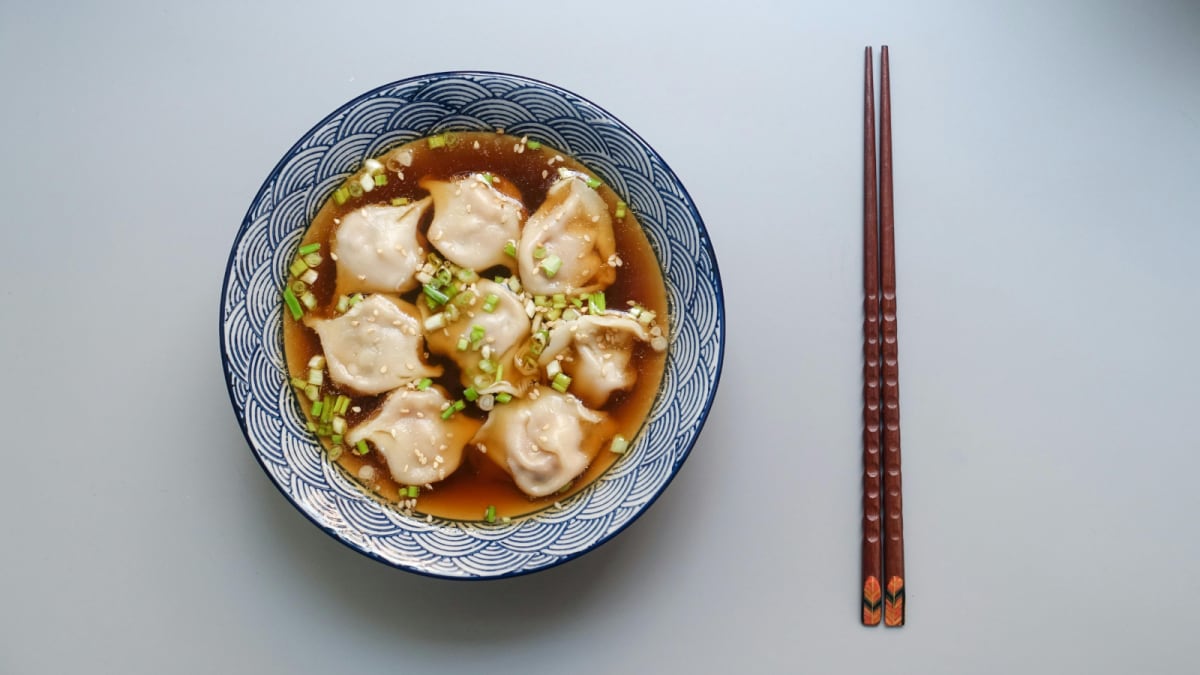Origin: Momo trace their roots to Tibet and Nepal, while dumplings originated in China and have spread across East Asia and beyond. (Image: Pexels)
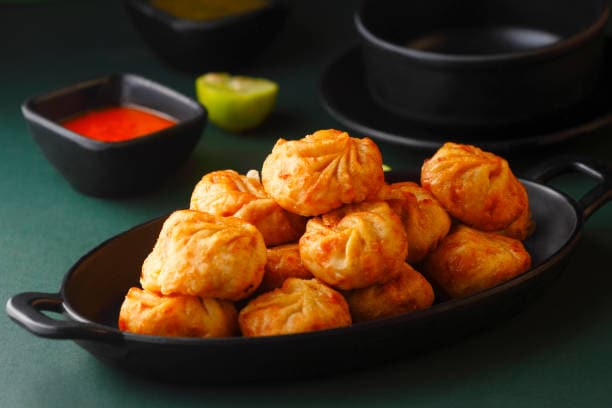
Filling: Momo often feature spicy fillings like minced meat, vegetables, or paneer. Dumplings have milder, more diverse fillings, including seafood or tofu. (Image: Pexels)
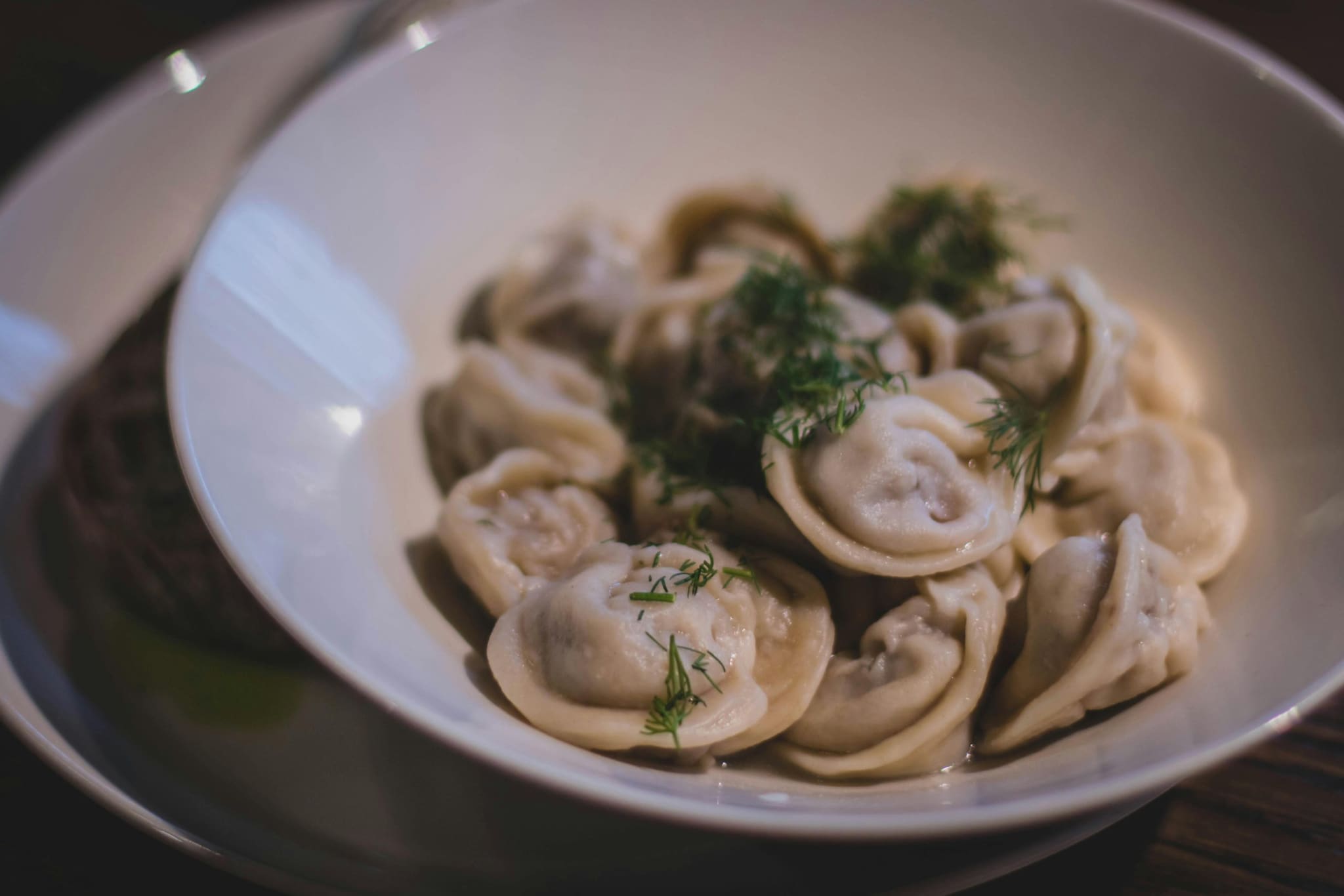
Flavour: Momo tend to have bold, spiced-up Himalayan flavours, whereas dumplings offer subtle, delicate notes with soy, sesame, and ginger. (Image: Pexels)

Wrapper Texture: Momo wrappers are slightly thicker and chewier, while dumpling skins are thinner and more delicate. (Image: Pexels)
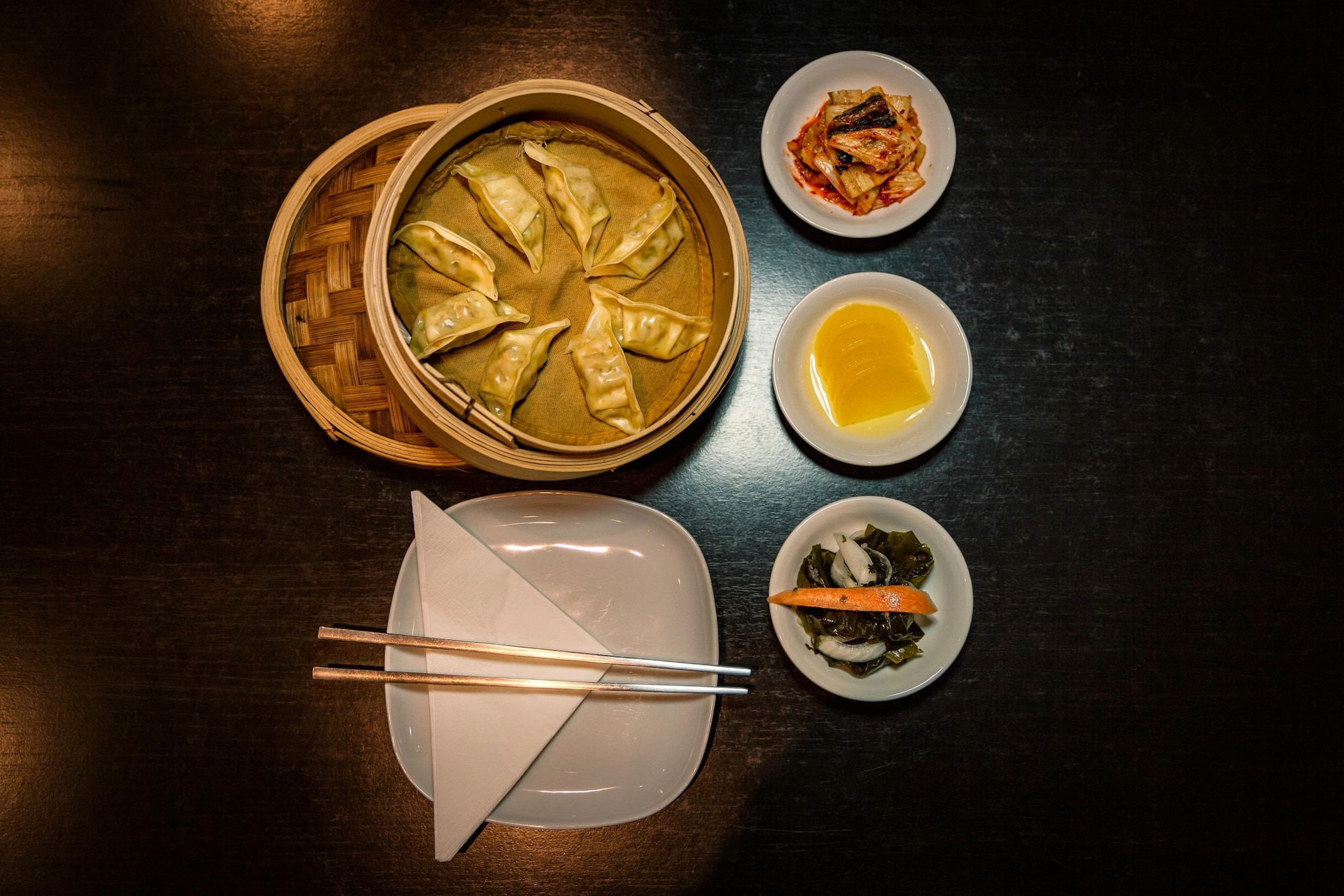
Cooking Method: Both can be steamed or fried, but dumplings also come boiled or pan-seared (like potstickers), offering more variation. (Image: Pexels)
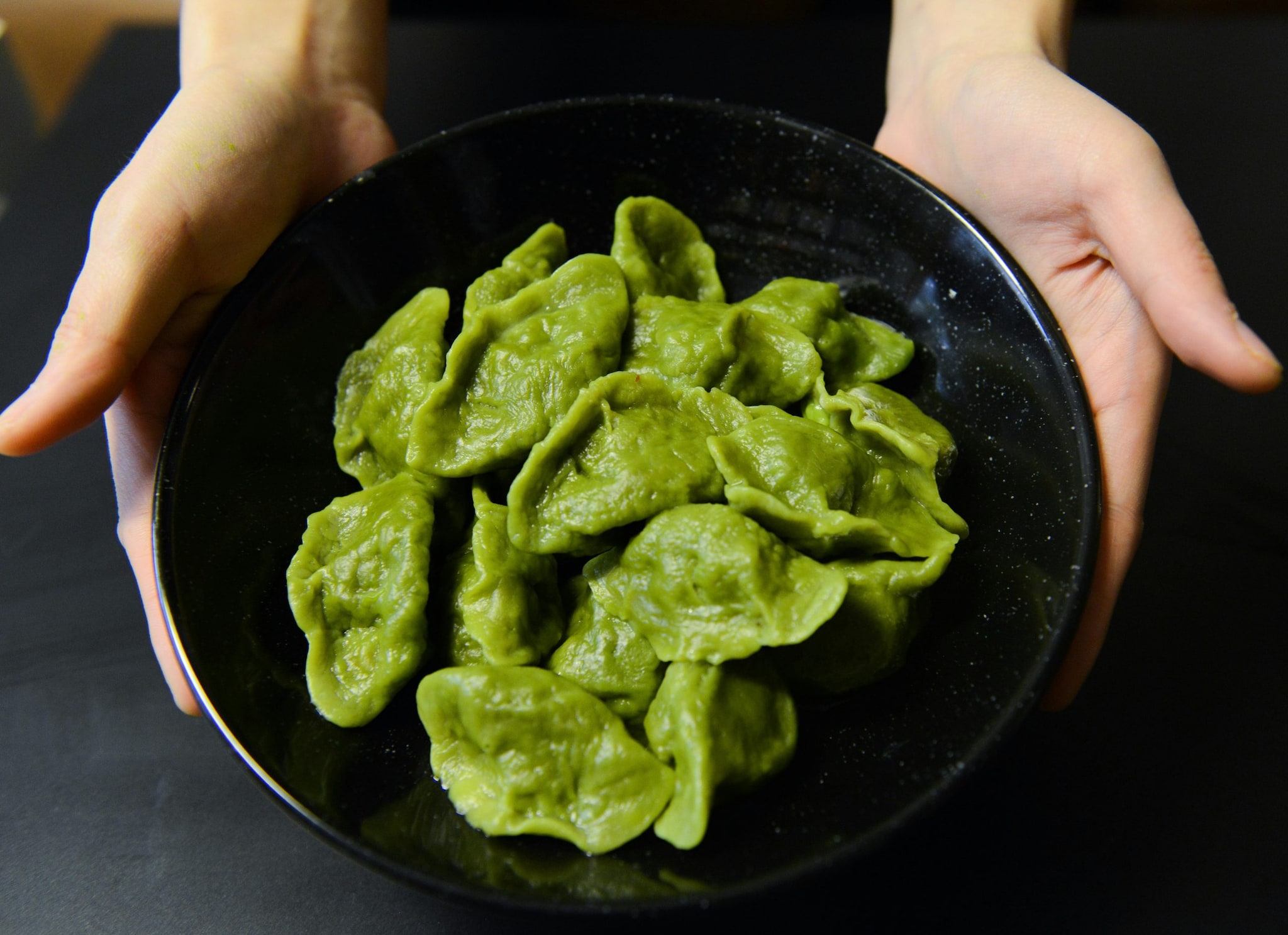
Shape: Momo are usually round or half-moon shaped, while dumplings come in a wider variety — crescent, pleated, or even open-top. (Image: Pexels)
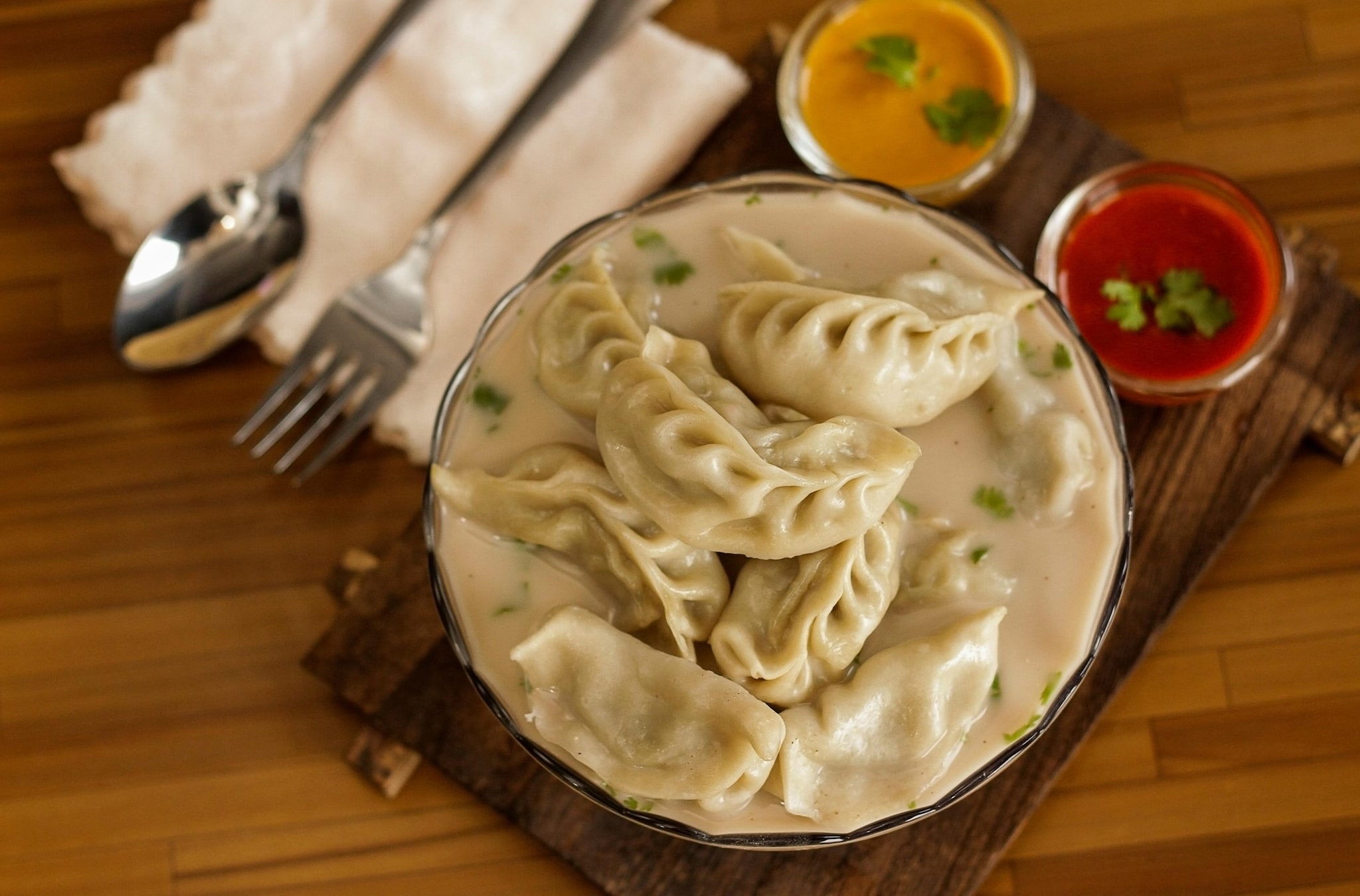
Cultural Influence: Momo are popular across Nepal, Tibet, and North India, while dumplings are an integral part of Chinese New Year and East Asian cuisines. (Image: Pexels)

Condiments: Momo are typically served with spicy chili-garlic chutney, while dumplings are paired with soy sauce, vinegar, or chili oil. (Image: Pexels)

